1,576 days, 2,409 entries ...
Newsticker, link list, time machine: HOLO.mg/stream logs emerging trajectories in art, science, technology, and culture––every day
In anticipation of the Steamboat Willey (1928) version of Mickey Mouse entering the public domain in 2024, Matthew Plummer-Fernández’ hack of the cultural icon, Every Mickey, resurfaces on X. First shown in 2015, at the British-Colombian artist’s solo show “Hard Copy” at NOME, Berlin, the 3D-printed composite of found 3D models “circumvents copyright by being a compilation,” Plummer-Fernández explains on X. Compilations constitute “an exception in copyright law for the creative compiling of other works.”
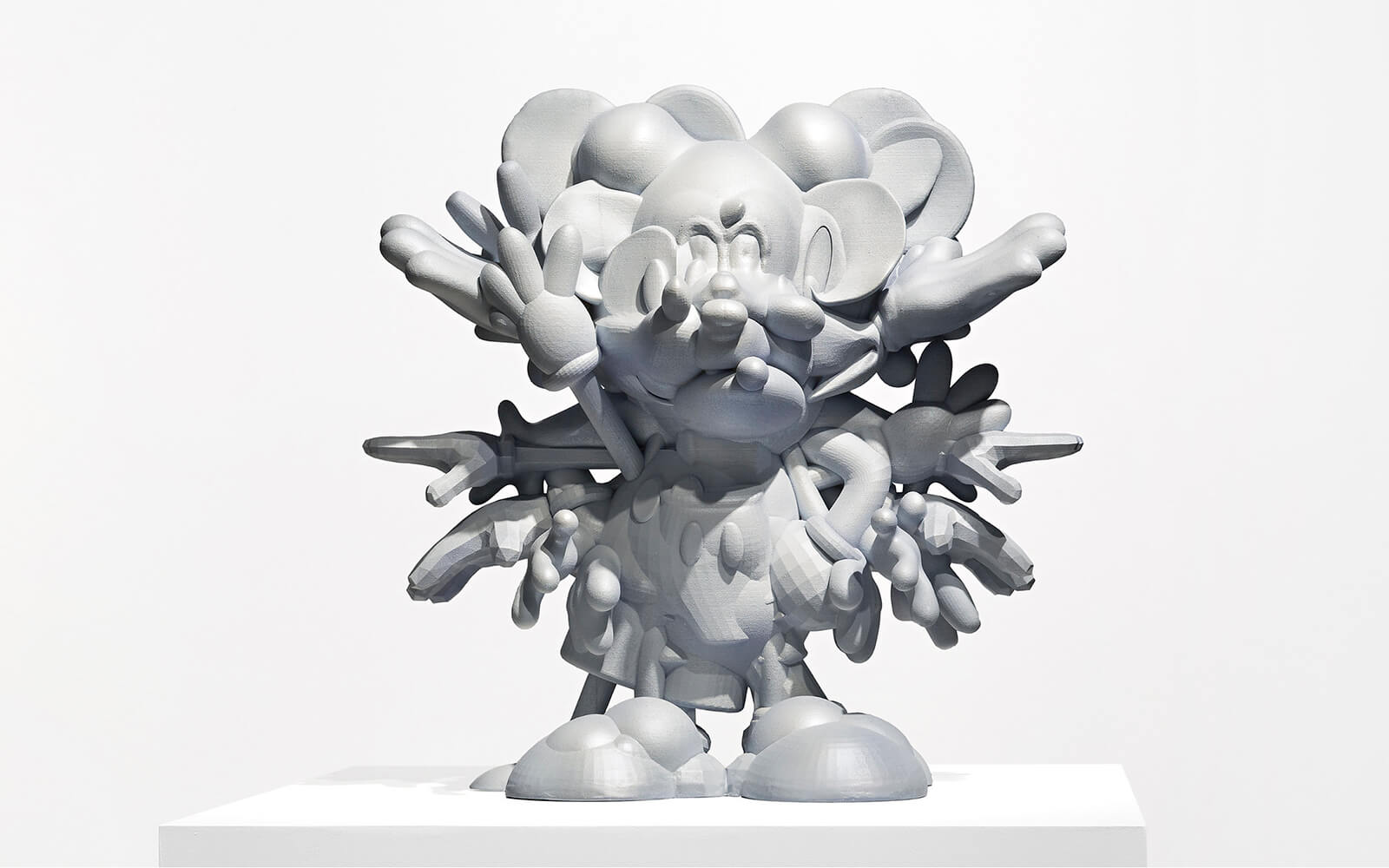
The Hole’s yearly thematic group show, “Fembot,” opens at the New York gallery’s Bowery location, celebrating technology and the female form. “Representations of the female body are as vast as the internet, from futuristic robots to porous, sweaty flesh,” writes gallerist Kathy Grayson about the works of Salomé Chatrior, Auriea Harvey, Jordan Homstad, Faith Holland, Nicole Ruggiero, and others that range from “cyborg goddesses” to post-human grotesques. Case in point: CGI artist Emma Stern’s 3d-printed ‘amphemme’ Brooke (2023, image).
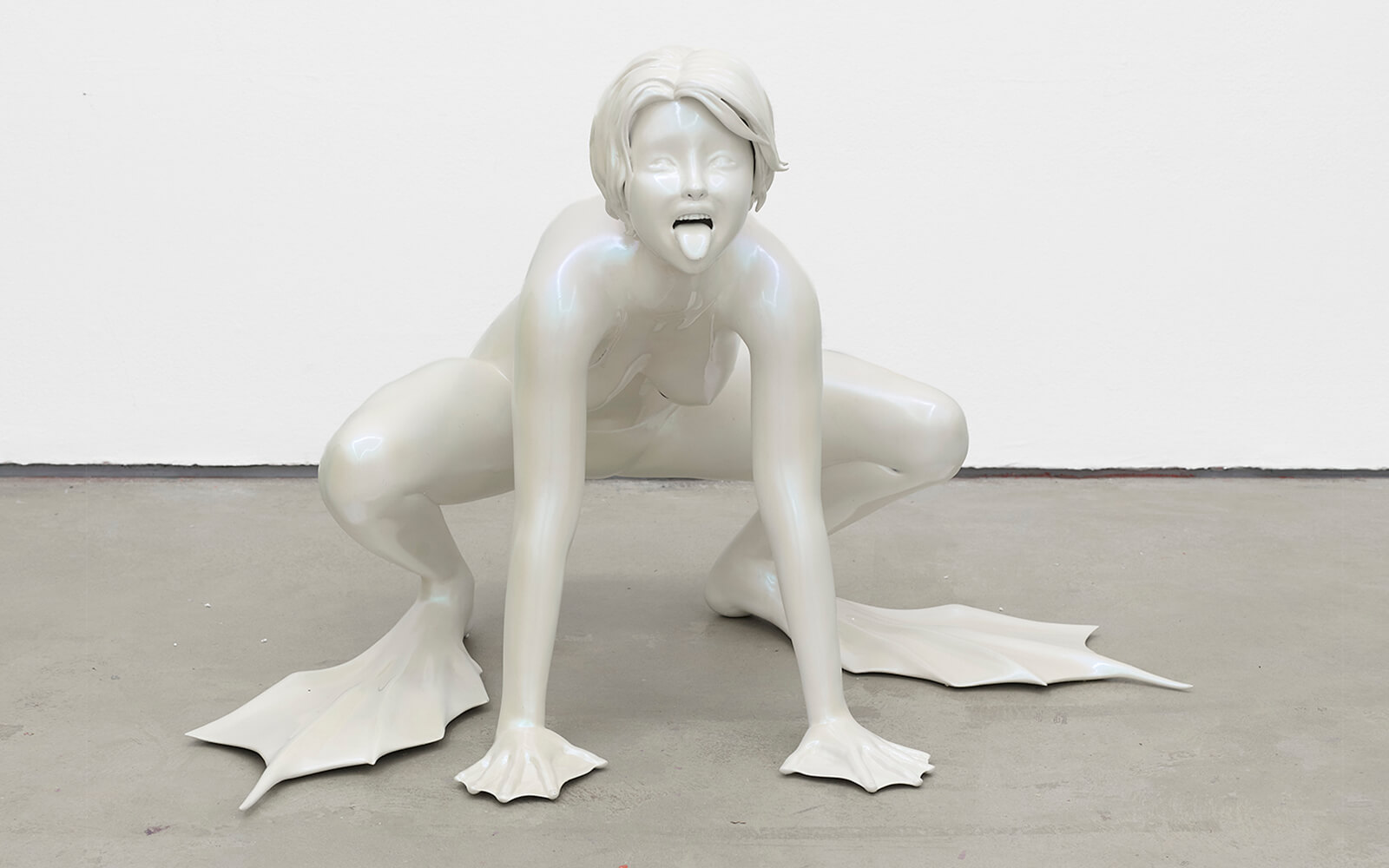
Nile Koetting’s solo exhibition “Unattended Access” opens at Parliament Gallery in Paris, inviting viewers to consider the material internet and spectatorship inside his playground of 3D-printed miniatures of monitors, display machines, and theatres. Cherry script (2023, image), for example, imagines banal exhibition and office chatter as text chat animations on a pair of e ink displays. “Koetting presents to us the ultimate spectacle,” the gallery states. “There is no avoiding the infinite mirror here.”
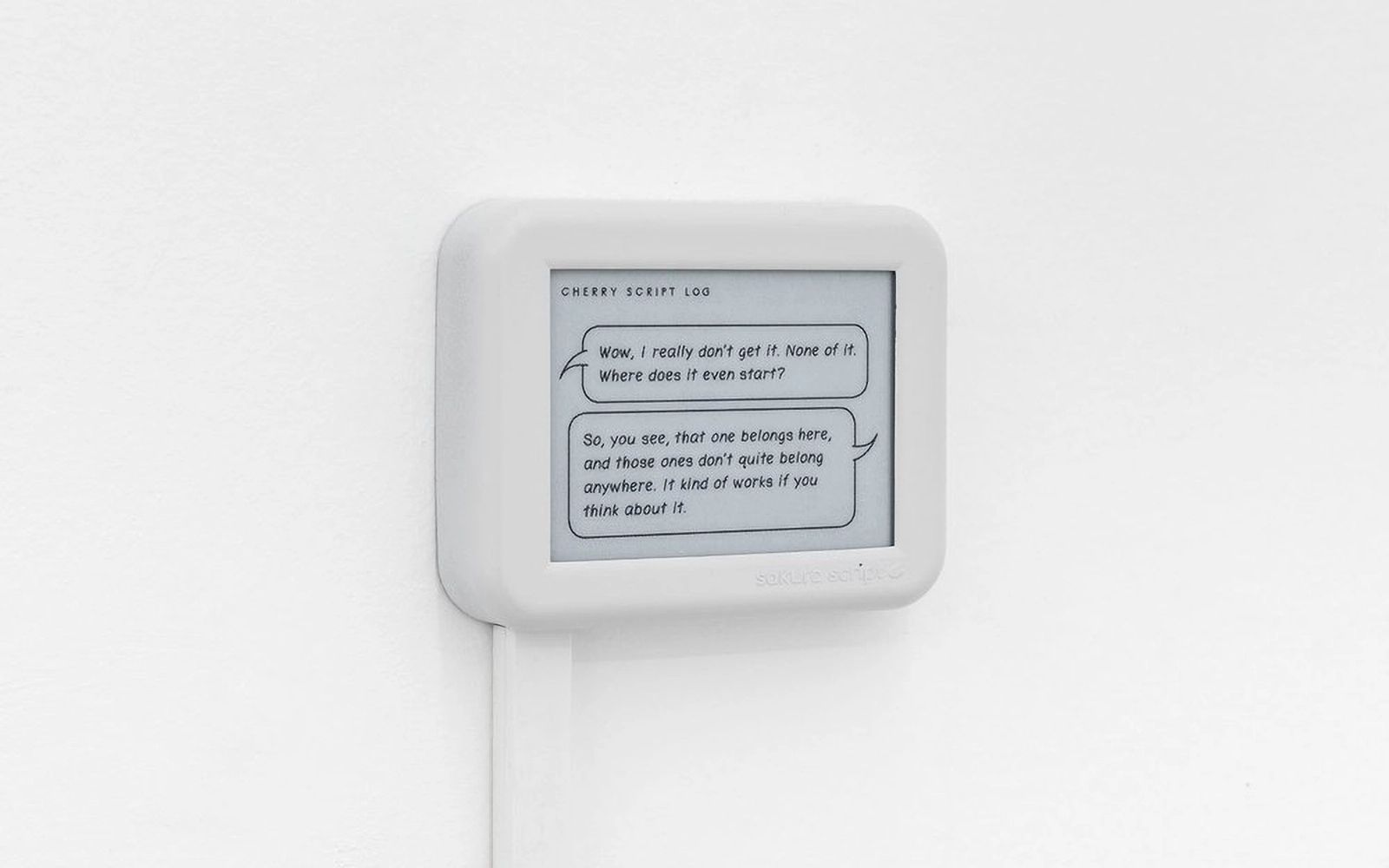
Bob Bicknell-Knight’s solo exhibition “Insert Coin” opens at CABLE DEPOT, London, debuting new works that explore predatory monetization practices within video games. “One of the most prevalent and destructive forms are loot boxes,” the British artist writes about purchasable in-game goodies that are now illegal in many countries. Bicknell-Knight presents one such specimen from the 2019 shooter Apex Legends as a larger-than-life 3D printed replica (image: The Loot Tick, 2023).
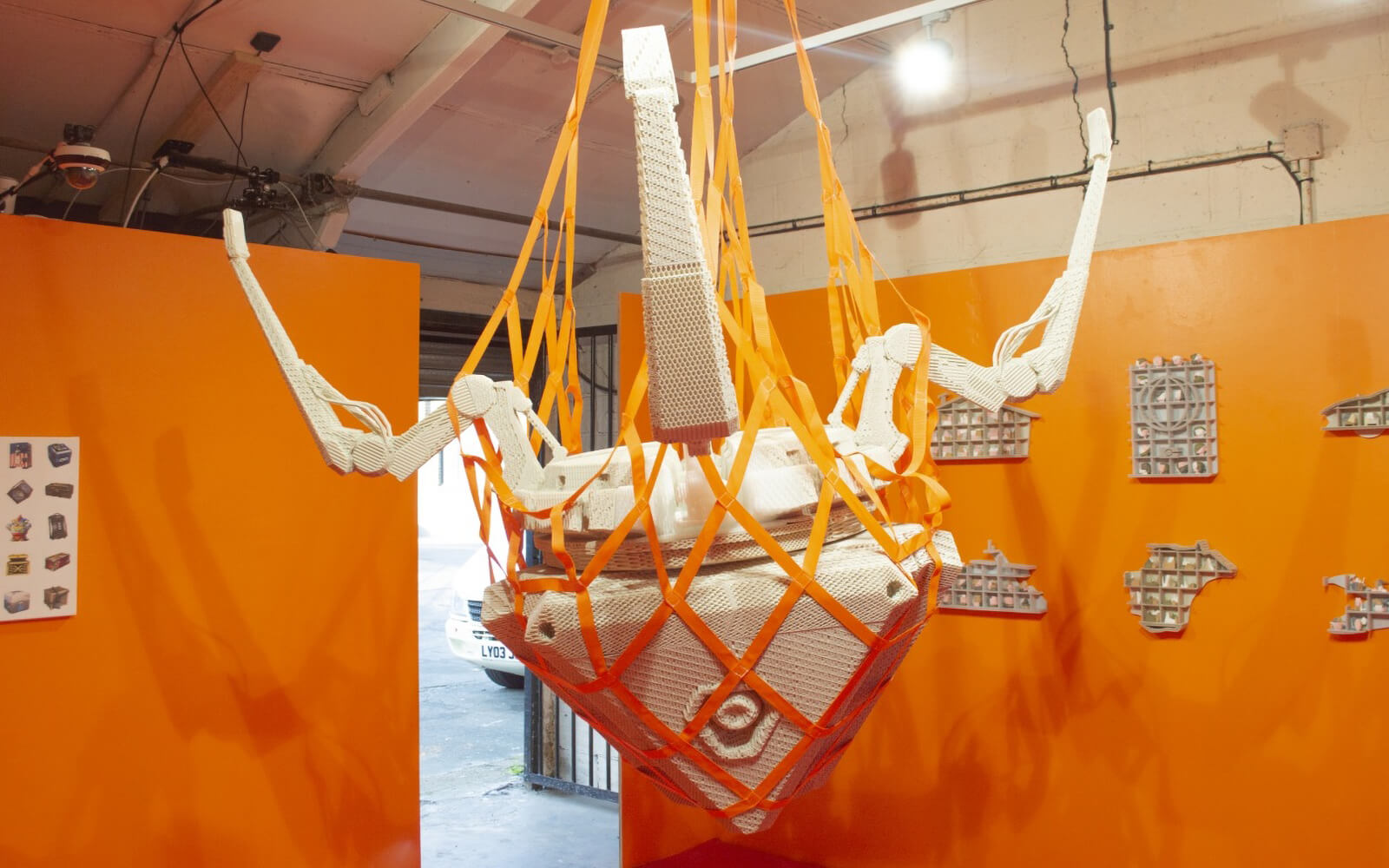
The latest in a series of posts elaborating on their Digital Art & Design collection, V&A curators publish a concise history of 3D printing. From locating the roots of additive manufacturing in the XY plotter and stereolithography, through collected bio art and furniture design provocations by Heather Dewey-Hagborg (image: Radical Love, 2015) and Front Design, they reconcile the gap between the “futuristic dream” promised by the medium and the questions of ethics and utility its use has raised.
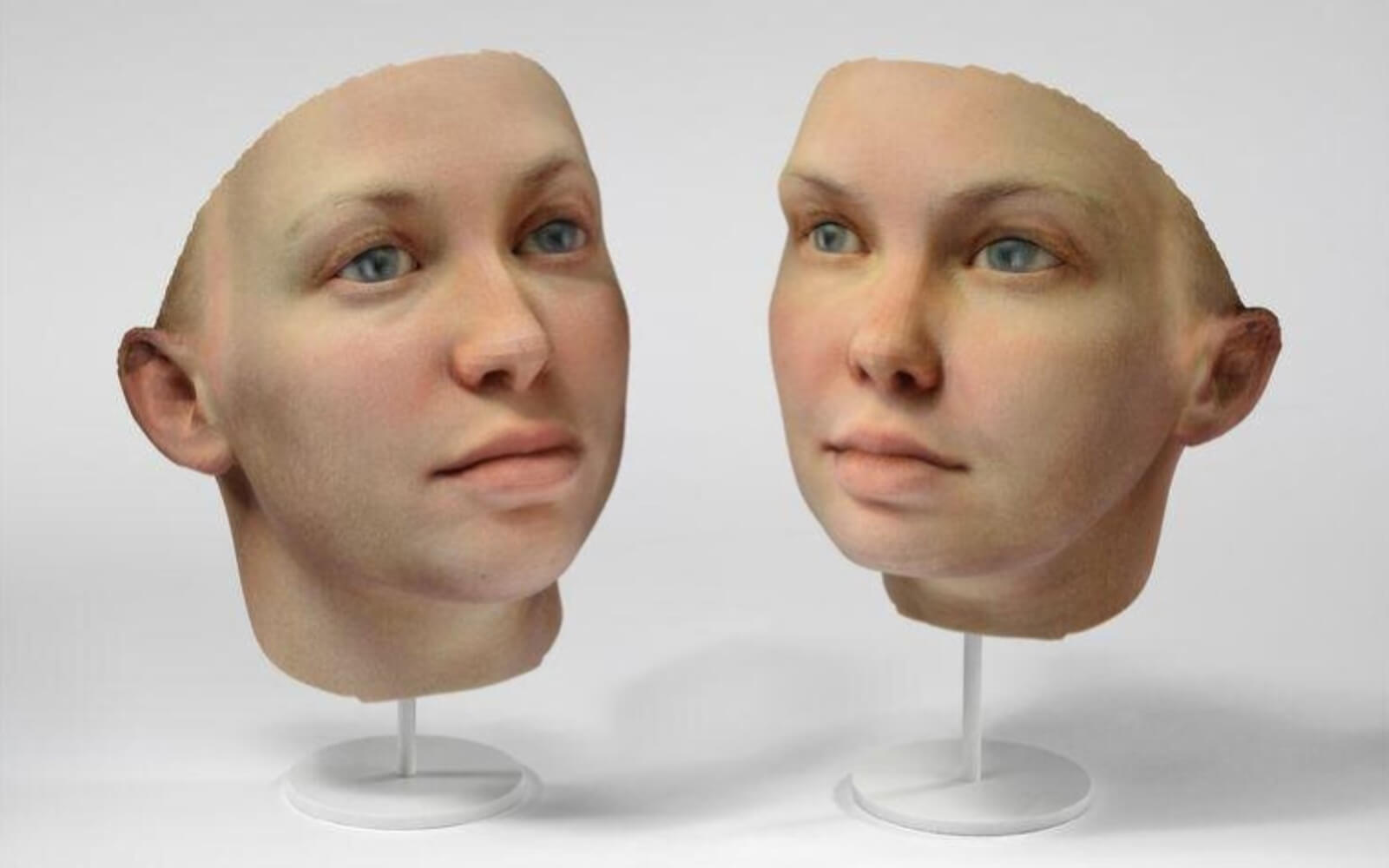
“Refined Vision,” an exhibition in which Kuwaiti artist Monira Al Qadir draws parallels between Texas Gulf Coast and Persian Gulf region petro-cultures, opens at the Blaffer Art Museum in Houston. Featured works include Crude Eye (2022, image), a new single-channel video piece on landscapes and infrastructures of extraction, and Spectrum (2016), a series of 3D-printed sculptural forms that abstract the ‘alien’ aesthetics of (ornate) oil and gas drill bits.
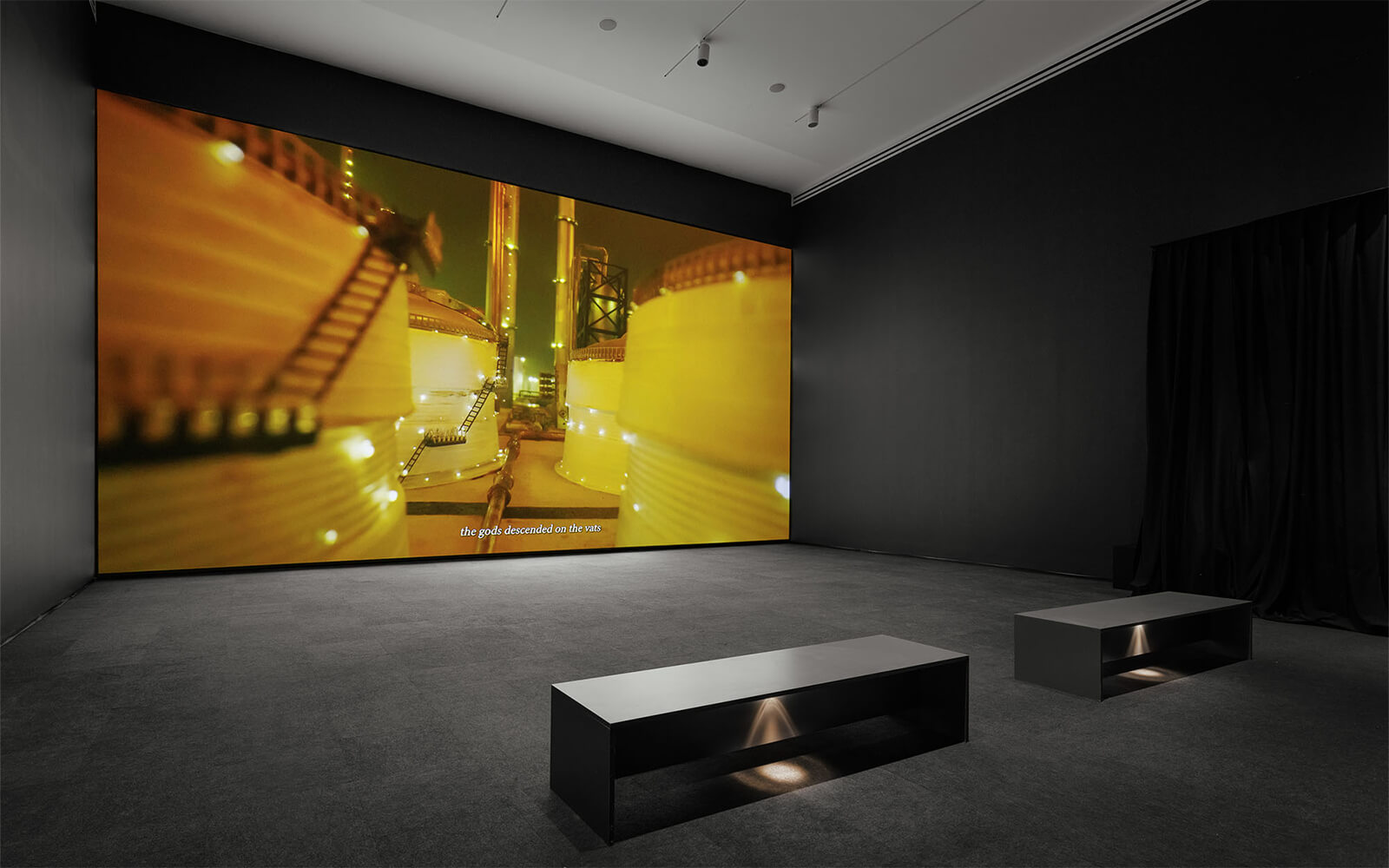
“I grabbed an old Sol LeWitt certificate of authenticity, got some Wite-Out, whited out the details of his work and just quickly wrote in the details of mine and photocopied it a few times.”
Bob Bicknell-Knight’s solo exhibition “Non-Player Character” opens at Galeria.Kollektiva, Kassel, linking NPCs in videogames and controlled existence in a hyper-capitalist, technocratic world. Expanding on the titular CGI film, a new commission and the show’s centrepiece, the British artist presents a series of hybrid paintings featuring NPC quotes from iconic games, 3D-printed sculptures of useless inventory items, and an interactive graveyard to mourn the “digital deaths” of NPC companions.
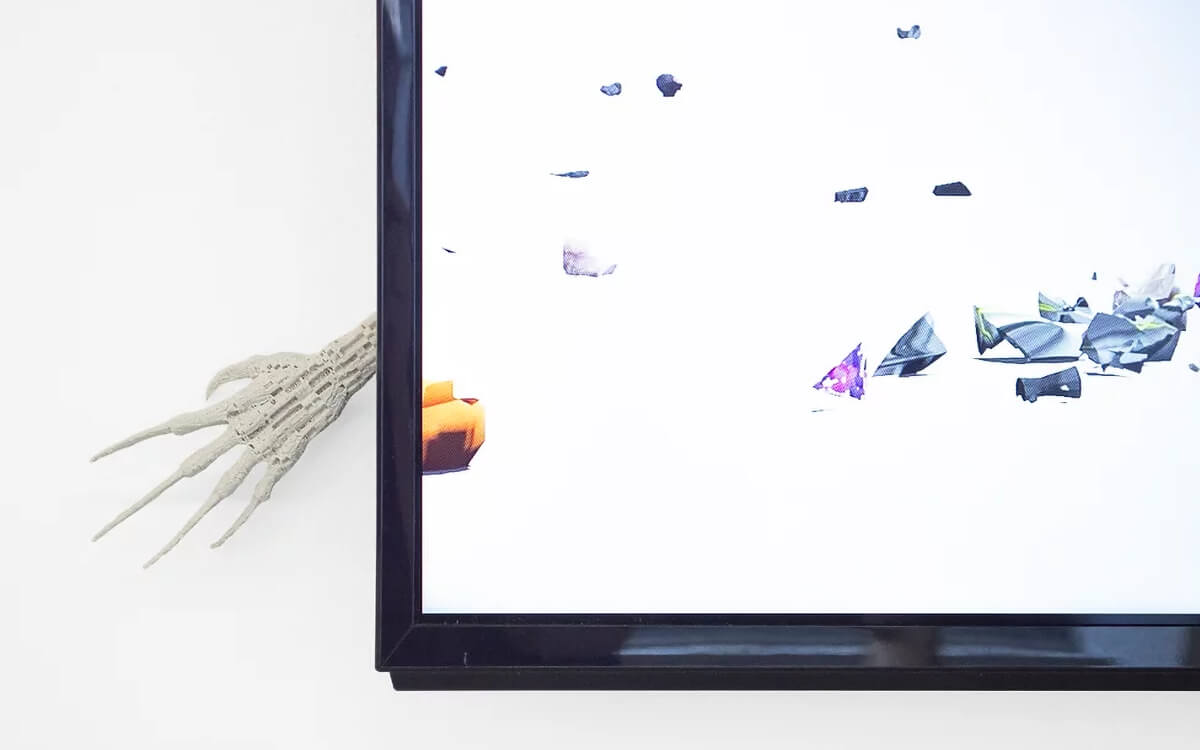
Collaborating with bioengineers at Rice University, generative design studio Nervous System creates complex blood vessel networks using custom software and 3D-printed sugar. “After printing, these sugar templates are cast in a mixture of living cells and gel,” they write on their blog. “When the gel has set, the sugar is dissolved, leaving the intricate branching network that serves as blood vessels for the living cells.” According to their paper in Nature, the cells can be kept alive for two weeks.
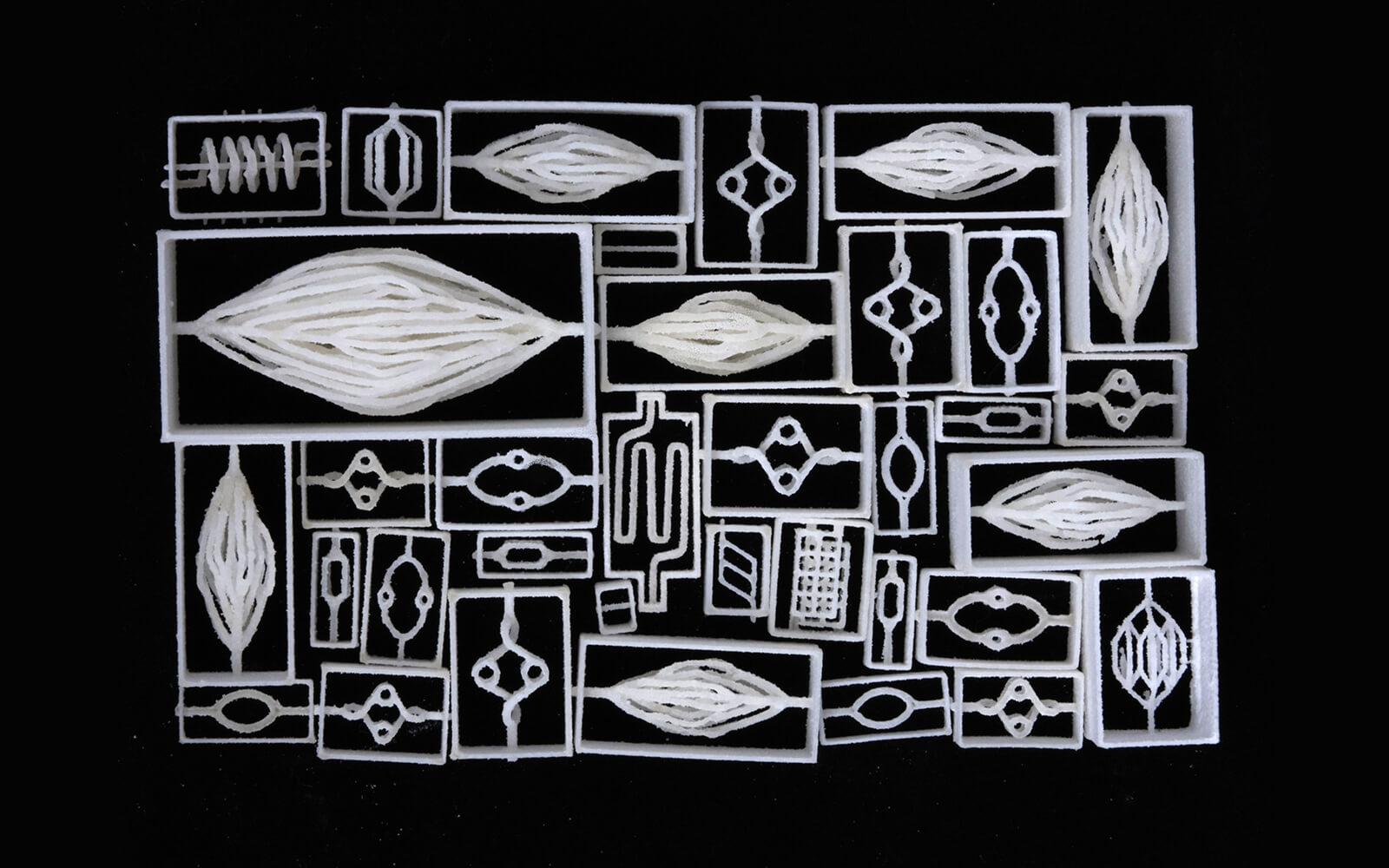
Daily discoveries at the nexus of art, science, technology, and culture: Get full access by becoming a HOLO Reader!
- Perspective: research, long-form analysis, and critical commentary
- Encounters: in-depth artist profiles and studio visits of pioneers and key innovators
- Stream: a timeline and news archive with 1,200+ entries and counting
- Edition: HOLO’s annual collector’s edition that captures the calendar year in print
